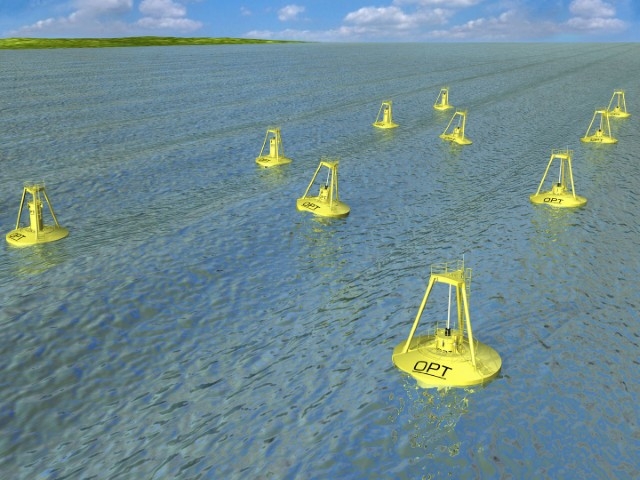Analysis performed by researchers at Oregon State University has confirmed what scientists have long expected about wave energy — that a system set up to capture its power will be dependable in terms of consistent energy output, and cost effective when it comes to integration into an overall energy grid.

In fact, to the latter point, the researchers believe these systems can be incorporated at lower costs than other forms of alternative energy, including wind and solar.
What the group found was that wave energy has fewer problems with variability than other energy sources, and that by balancing its power production over a larger geographic area, its variability can be even further reduced.
This is an important consideration as it is one of the main factors holding back the wider use of alternative energy sources like wind and solar. As the energy output from these two sources decrease, whether it be due to a shift in wind patterns or increased cloud coverage, other forms of energy production technologies need to pick it up so there’s no drop-off in power being provided to the grid. As one can imagine, having backup technology pick up the slack adds to the overall cost of the energy supply.
“Whenever any new form of energy is added, a challenge is to integrate it into the system along with the other sources,” said Ted Brekken, an associate professor and renewable energy expert in the College of Engineering at Oregon State University.
“By producing wave energy from a range of different sites, possibly with different types of technology, and taking advantage of the comparative consistency of the wave resource itself, it appears that wave energy integration should be easier than that of wind energy,” he said. “The reserve, or backup generation, necessary for wave energy integration should be minimal.”
An additional benefit to using wave energy is that its short-term generation capacity can be predicted with relatively high accuracy over a time scale ranging from minutes to hours; less accurate predictions can be made seasonally or annually.
Diving into the numbers a bit, the Oregon team estimates the cost of integrating wave energy to be somewhere in the neighborhood of 10% or less than the charges being made for the integration of wind energy. To determine this, the group examined the hypothetical addition of a 500 megawatt wave energy system, which is comparable to about five large wind farms.
Impressive, sure, but this is just one factor that plays into the overall cost of the power generated. Wave energy is still in the early stages of development and the current technology needs further development in order to be adopted on a wider scale; that said, in terms of apples to apples, wave energy is not cost competitive on an overall basis yet.
Despite its present-day technological limitations, wave energy is being commercially produced in the Pacific Northwest. Researchers analyzing its output have said that the system’s future potential is significant, and estimate costs should come down as technologies improve and more systems are developed.
One of the reasons why this particular system holds so much promise is that this area of the world has some of the best wave energy resources; as a result, the Northwest National Marine Renewable Energy Center, which is supported by the U.S. Department of Energy, has set up its facility here for further research into the technology.
The study concluded by predicting wave energy in this region will spur economic growth, further diversify the energy portfolio, reduce overall greenhouse gas emissions, and reduce transmission losses.
Via: eurekalert.org
Advertisement
Learn more about Electronic Products Magazine





